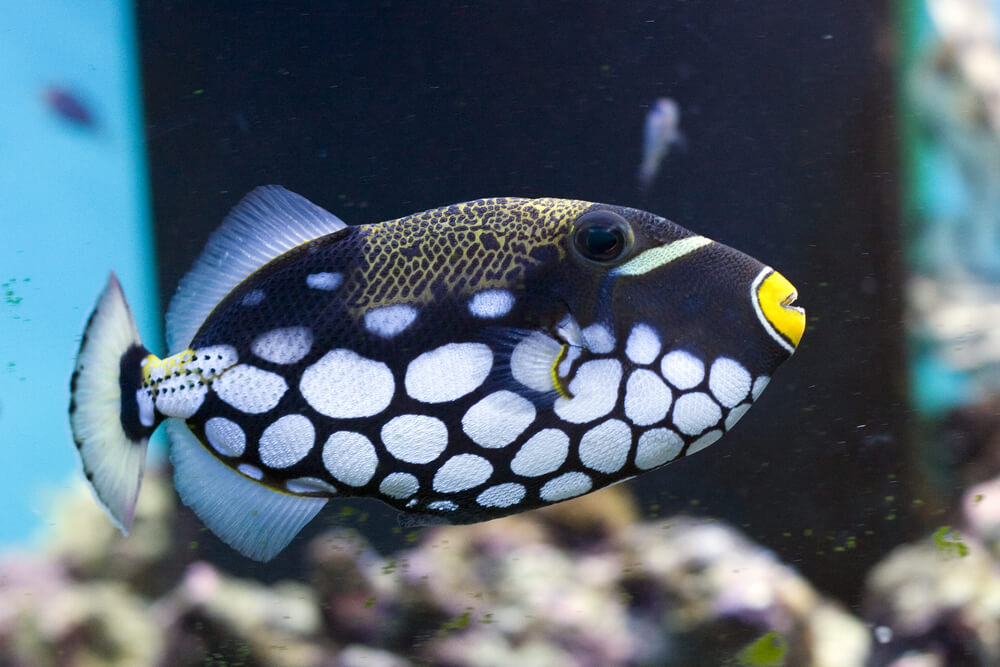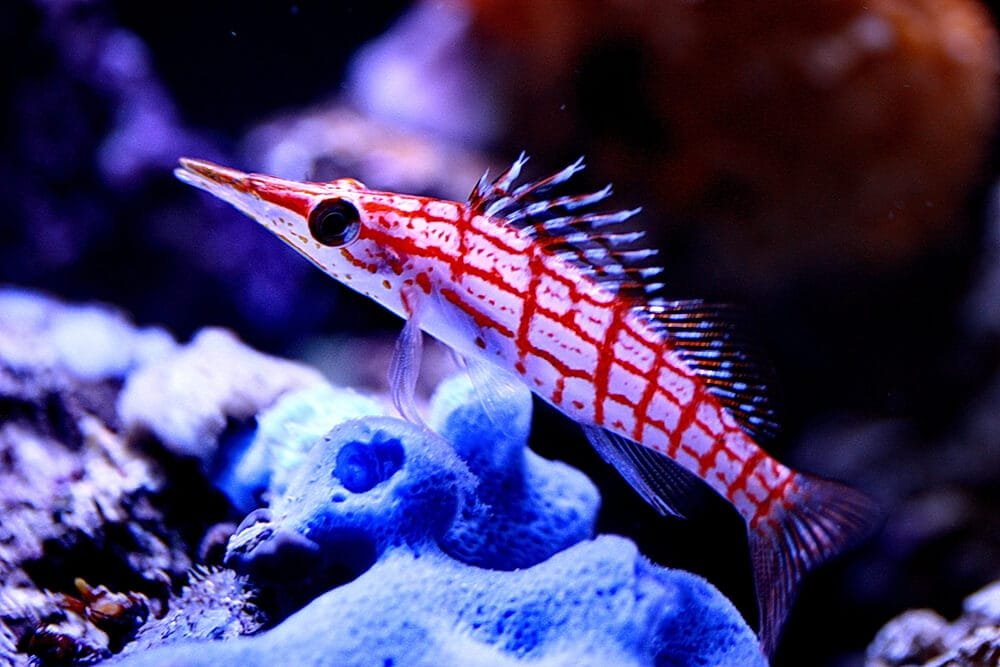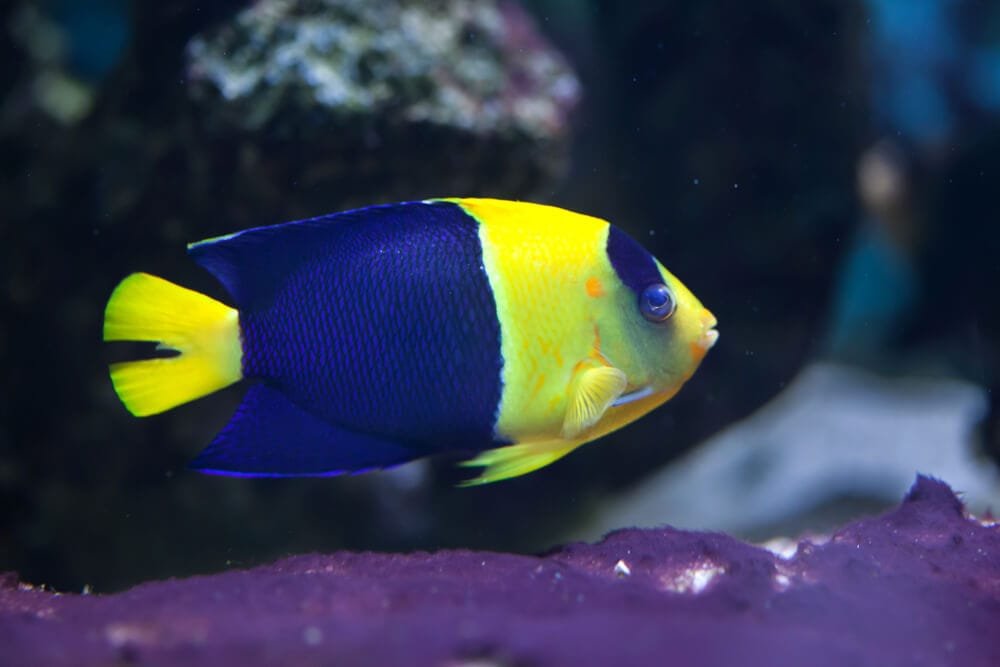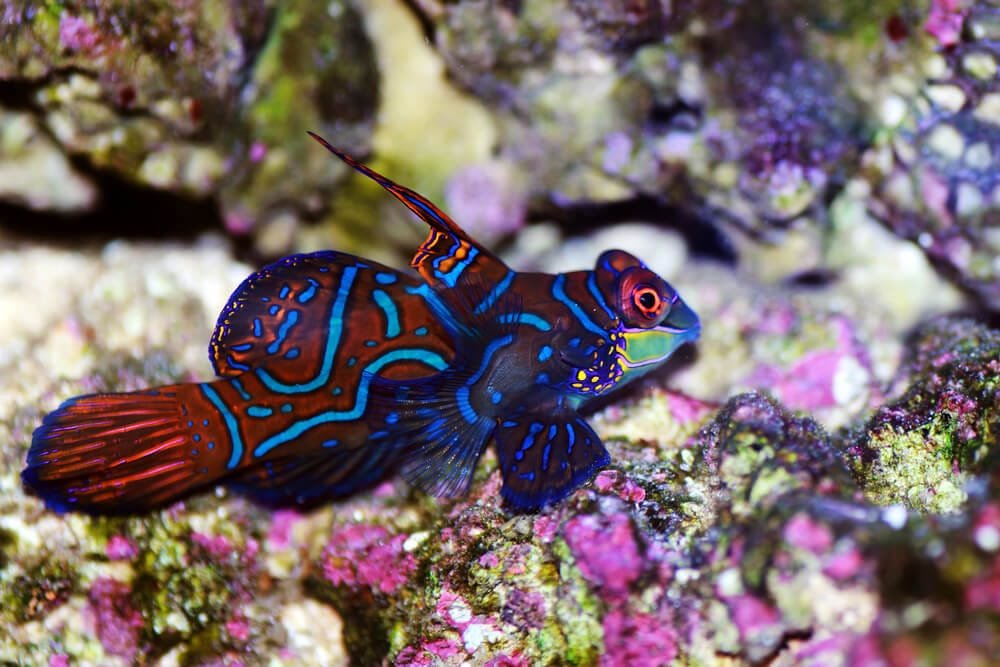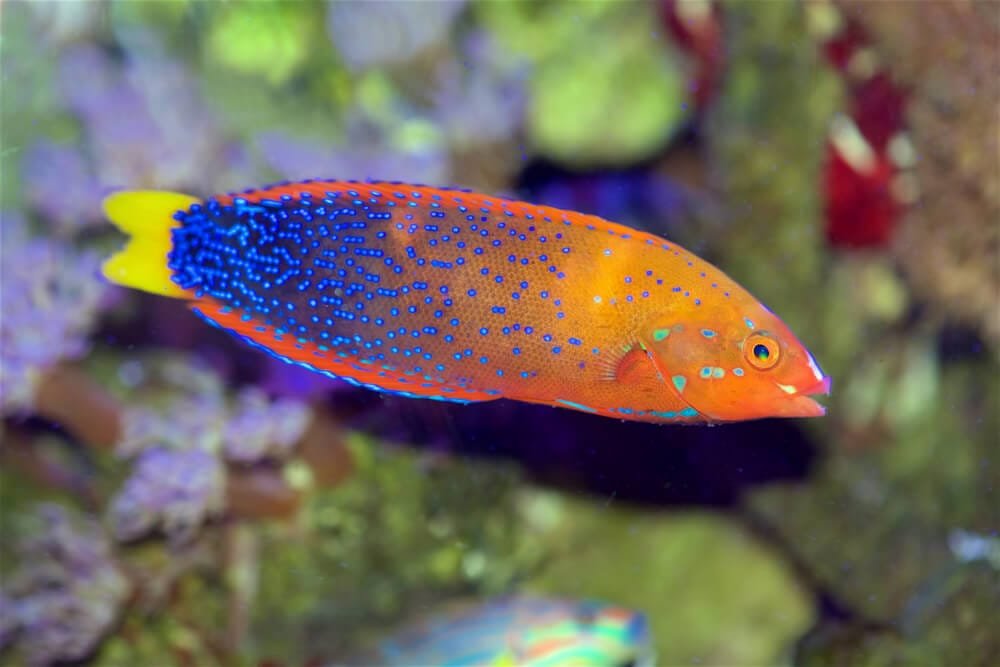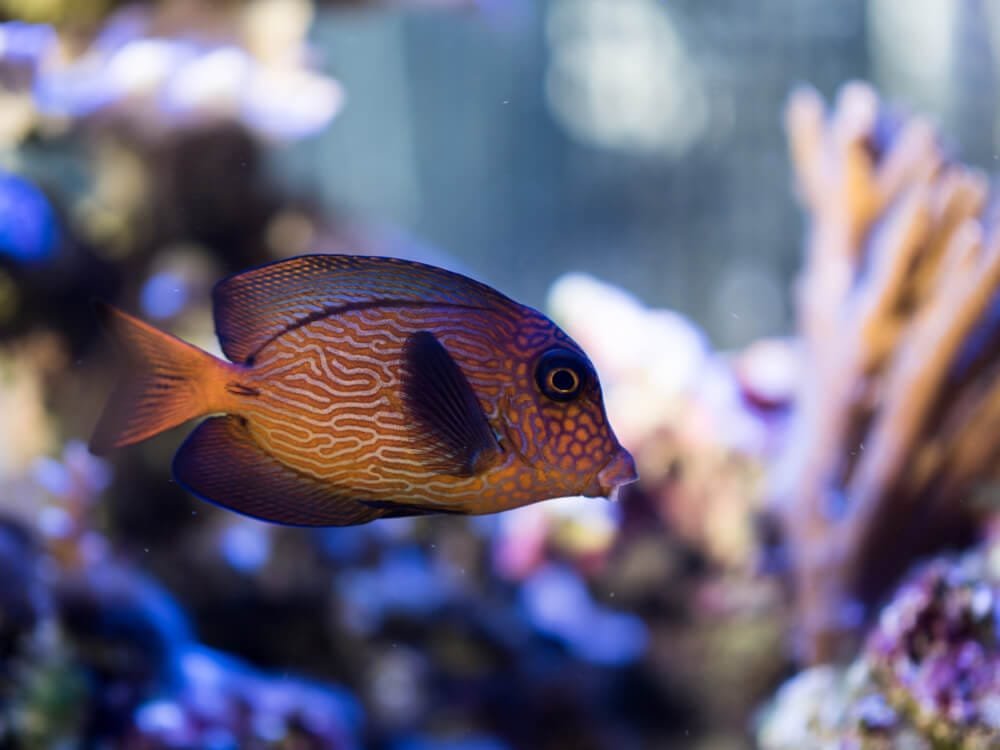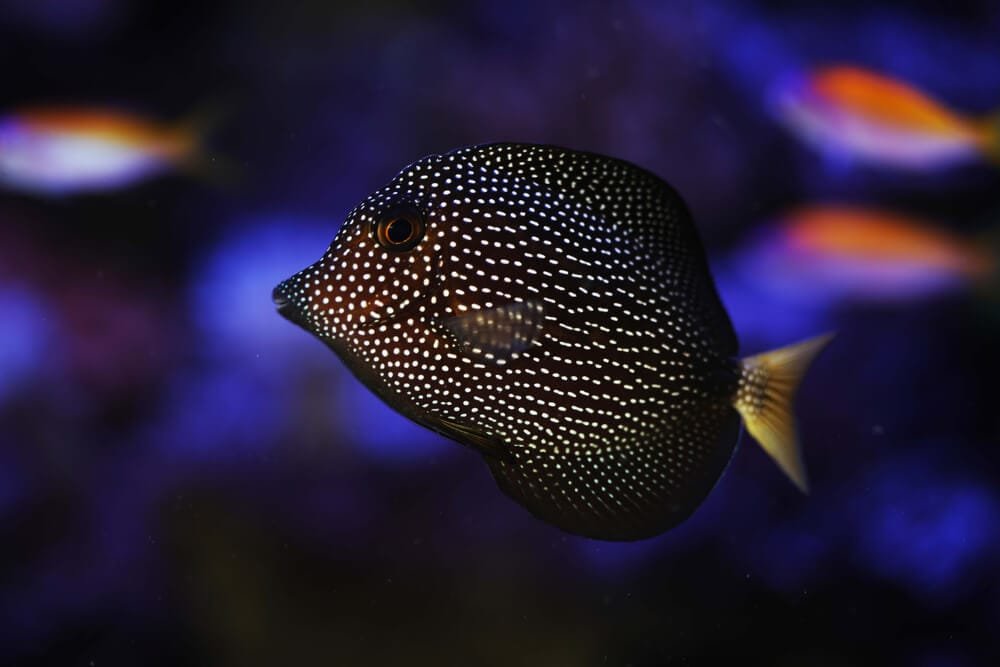Clown Tang Species: Care Tips and Tank Requirements
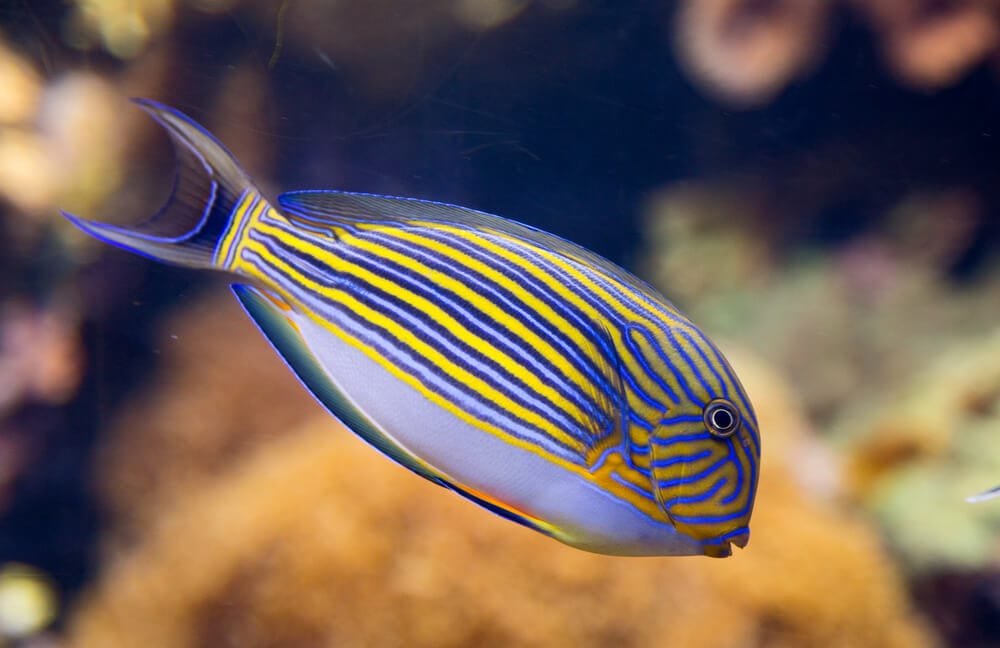
Step into the vibrant world of Clown Tang, a mesmerizing and colorful creature that will captivate your imagination. With its striking pattern of bright orange and blue stripes, the Clown Tang is a true spectacle to behold. Its elegant finnage gracefully dances through the water, bringing joy and wonder to anyone lucky enough to witness it. Whether you’re a seasoned aquarium enthusiast or just starting your aquatic journey, the Clown Tang is guaranteed to add a touch of magic and excitement to your underwater oasis. Get ready to be amazed by the captivating beauty of Clown Tang, a true jewel of the sea.
Physical Description
The Clown Tang, also known as the Clown Surgeonfish or Red Sea Clownfish, is a beautifully vibrant fish that is highly sought after by aquarium enthusiasts. This species showcases a striking coloration, with a deep blue body adorned with bright orange stripes. The combination of these colors creates a visually striking and appealing appearance. The Clown Tang has a sleek and streamlined body, typical of surgeonfish species. It can grow up to 8 to 10 inches in length, making it a moderate-sized fish for a home aquarium.
One of the most distinctive features of the Clown Tang is its spine-like teeth or “scalpels” on both sides of its tail base. These sharp spines play a vital role in the species’ defense mechanism. When threatened or cornered, the Clown Tang can raise and extend its spines, making it difficult for predators to swallow them. It’s essential to handle this fish with caution and avoid areas near these sharp spines for both the fish’s safety and our own.
Habitat
Natural Range
The Clown Tang is native to the Red Sea, where it can be found along the reefs and rocky areas. These beautiful fish are often observed in small groups, seeking refuge among the corals and rock formations. The warm, tropical waters of the Red Sea provide the ideal environment for these fish, with temperatures ranging from 75 to 82 degrees Fahrenheit.
Captive Environment
To provide a suitable home for the Clown Tang in captivity, it’s crucial to replicate their natural habitat as closely as possible. This means creating an aquarium environment that mimics the rocky formations and coral reefs found in the Red Sea. Providing ample hiding spaces using live rock or reef structures allows the Clown Tang to feel secure and helps to reduce stress.
Diet and Feeding Habits
Natural Diet
In their natural habitat, Clown Tangs primarily feed on various algae species, such as benthic turf algae and filamentous algae, found on coral reefs. They also browse on other plant material and small invertebrates. Their diet consists mainly of vegetarian options, making them herbivores.
Feeding in Captivity
When considering feeding in captivity, it’s essential to provide a balanced diet for the Clown Tang. While it may still graze on algae present in the aquarium, it’s important to supplement its diet with high-quality commercial herbivore pellets or flakes. Additionally, offering a variety of fresh vegetables, such as seaweed, lettuce, or zucchini, can help mimic their natural diet and promote optimal health.
Special Considerations
Clown Tangs have a high metabolism and should be fed multiple times a day. It’s important to avoid overfeeding, as excess food can quickly lead to poor water quality, which may result in health issues. Keeping a close eye on their eating habits and adjusting the feeding schedule accordingly is crucial for their overall well-being.
Behavior
Social Behavior
Clown Tangs are known to be highly social fish and usually form small groups in their natural habitat. When kept in captivity, they can display their social behavior by becoming compatible tankmates with other peaceful fish species. However, it is important to introduce them to other fish gradually, as sudden changes in the aquarium can lead to stress and aggression.
Territorial Nature
While they are generally peaceful, Clown Tangs can display territorial behavior, especially towards other fish in the surgeonfish family. Providing ample swimming space and territories through rock formations can help reduce any territorial disputes in the aquarium.
Breeding Habits
Clown Tangs have not yet been bred successfully in captivity, and little is known about their breeding habits. It is believed that their reproduction process is similar to other surgeonfish species, where males court females by flashing their color patterns and performing various courtship displays.
Compatibility with Other Fish
Suitable Tankmates
When choosing tankmates for the Clown Tang, it’s important to consider their territorial nature and compatibility with other fish species. Good tankmates for the Clown Tang include other peaceful community fish like the Royal Gramma, Ocellaris Clownfish, or Chromis. These fish can coexist peacefully, provided that the tank is spacious enough and there are enough hiding spots and territories for each fish.
Species to Avoid
Clown Tangs can be aggressive towards other fish in the surgeonfish family, so it is best to avoid keeping them with other surgeonfish species. Additionally, fish with similar body shapes or color patterns may also be problematic, as they may trigger territorial behaviors in the Clown Tang.
Common Health Issues
Ich
Ich, also known as white spot disease, is a common health issue that can affect many saltwater fish species, including the Clown Tang. It is caused by the Ichthyophthirius multifiliis parasite, which manifests as small white spots on the fish’s body and fins. Early signs of Ich may include flashing or rubbing against objects in the aquarium.
Marine Velvet
Marine velvet, or Amyloodinium ocellatum, is another common health issue that can impact the Clown Tang. It is caused by a parasitic dinoflagellate that attaches to the fish’s skin and gills. Symptoms of marine velvet include lethargy, loss of appetite, rapid breathing, and a visible yellow or gold dust-like appearance on the fish’s body.
Lateral Line Erosion
Lateral line erosion, also known as hole-in-the-head disease, is a condition that can affect the Clown Tang. It is characterized by eroded areas or pitting along the fish’s lateral line, which is a sensory organ responsible for detecting movement and pressure changes in the water. Lateral line erosion can be caused by a variety of factors, including poor water quality and nutritional deficiencies.
Preventing and Treating Health Issues
Maintaining Water Quality
Preventing health issues in the Clown Tang starts with maintaining excellent water quality. Regular testing and maintenance of the aquarium’s parameters, such as temperature, salinity, ammonia, nitrite, and nitrate levels, are crucial. Proper filtration and regular water changes are also essential to keep the water clean and free from harmful contaminants.
Quarantine and Acclimation
When introducing new fish to the aquarium, it’s important to quarantine them beforehand to prevent the spread of potential diseases. This can help ensure that the Clown Tang and other fish in the tank remain healthy. Additionally, proper acclimation techniques should be followed to minimize stress during the transition from quarantine to the main tank.
Effective Medications
If health issues do arise, it’s important to consult with a knowledgeable aquatic veterinarian or professional in the field. They can recommend appropriate medications and treatment protocols specific to the Clown Tang’s condition. It’s important to follow dosing instructions carefully and closely monitor the fish’s response to treatment.
Aquarium Care
Water Parameters
To maintain optimal health for the Clown Tang, it’s important to ensure that the water parameters are within suitable ranges. The ideal temperature for the aquarium should be between 75 to 82 degrees Fahrenheit, with a pH level of 8.1 to 8.4. Ammonia and nitrite levels should remain at zero, and nitrate levels should be kept below 20 parts per million (ppm).
Filtration System
A robust and efficient filtration system is crucial for the longevity and well-being of the Clown Tang. A combination of mechanical, chemical, and biological filtration methods should be employed to ensure water clarity and quality. Additionally, protein skimmers can be beneficial in removing organic compounds and maintaining the overall health of the aquarium ecosystem.
Water Change and Maintenance
Regular water changes play a vital role in maintaining a healthy environment for the Clown Tang. Weekly or bi-weekly water changes of 10-20% of the total water volume can help remove accumulated toxins and replenish essential minerals and trace elements. Additionally, thorough cleaning of the aquarium equipment and glass can help prevent the buildup of algae and other unwanted substances.
Tips for Clown Tang Owners
Tank Setup
When setting up a tank for the Clown Tang, it’s crucial to provide ample space for swimming and hiding. A tank size of at least 75 gallons is recommended to accommodate the Clown Tang’s active nature. Incorporating live rock or reef structures in the aquarium provides both hiding spots and opportunities for natural grazing behavior.
Feeding Strategies
To ensure a well-rounded diet, it is recommended to provide a combination of commercial herbivore pellets or flakes and fresh vegetables. Offering a variety of foods keeps the Clown Tang engaged and helps maintain their overall health. It’s important to feed multiple times a day while being mindful of not overfeeding.
Observing Behavioral Cues
Understanding the Clown Tang’s behavior and body language is key to recognizing any potential issues. Observing their feeding habits, swimming patterns, and coloration can provide insights into their overall well-being. Any changes in behavior should be monitored closely and acted upon promptly if necessary.
Conservation Status
Threats to Wild Populations
The wild population of Clown Tangs faces several threats that impact their survival. These threats include habitat destruction from human activities such as pollution, overfishing, and destructive fishing practices. Climate change also poses a significant risk to the coral reefs on which they depend, as rising temperatures and ocean acidification harm coral health.
Conservation Efforts
Efforts are underway to conserve and protect the Clown Tang and its natural habitat. Marine protected areas and conservation projects aim to safeguard critical reef ecosystems and reduce the impact of human activities. Additionally, education and awareness campaigns raise awareness about sustainable practices in the aquarium trade and the importance of preserving marine biodiversity.
Summary
The Clown Tang is a captivating and beautiful fish that requires careful consideration before adding it to your aquarium. By providing a suitable environment, a well-balanced diet, and proper care, you can ensure the Clown Tang thrives and becomes a stunning addition to your underwater world. Remember, the enjoyment of keeping these magnificent fish comes with a responsibility to protect their natural habitats and support conservation efforts.
